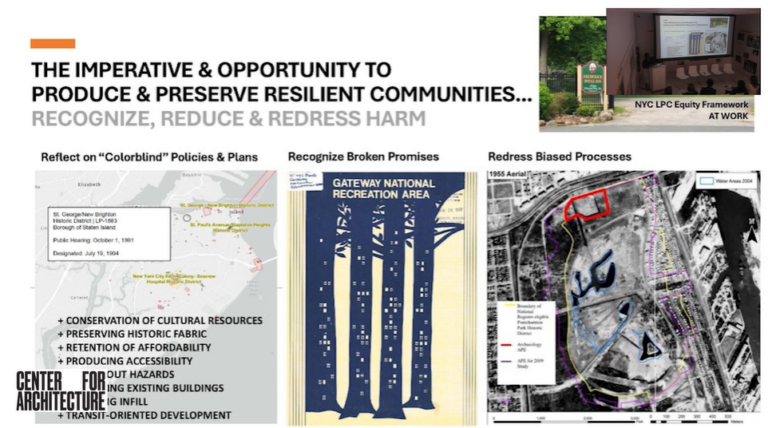What is the Tiny House Movement? What was, and continues to be, the motivation behind its ongoing research development? What is the definition of a Tiny House? Why does the Tiny House attract so much American media interest when so few homebuyers will purchase a Tiny House and few developers will build a Tiny House to sell? These and other questions will be explored through the work—research, teachings, writings, and architecture designs—of five Tiny House Influencers.
Background
25 ago, the typical American single-family home built in exurban communities grew to over 2,200 square feet, nearly a third larger than houses built 25 years earlier. In major metropolitan areas, a new 1990s home that approached twice the size of a 1970s house was considered “not big enough” by the size-hungry homebuyer. 1995 was the height of the housing boom, a time when two million single-family homes were being raised per year upon thousands of acres of undeveloped farm land, a sprawl of development fueled by speculators using designs that were considered by the design community to be cheap, cookie-cutter, and of poor quality. “No more McMansions” became the battle cry of residential architects and custom home builders across the nation, who were concerned about the negative impact that these ever-growing, indistinguishable (and undistinguished) homes were having on the nation’s environment, resources, and regional heritage.
Over the next 25 years, the sprawl of McMansions slowed periodically only because of cycles of recession; every year the average size of the newly constructed home would continue to rise. However, in the world of environmental architecture and sustainable homebuilding, there was no slowdown in the search for a cost-effective, resource-efficient, higher quality home design that would appeal to the marketplace while conserving the character of the regional landscape. Like-minded architects, builders, developers, and homebuyers would simply not give up the fight against the big house sprawl. In recognition of this countercultural movement within this sector of the design and construction industry, publishers, television producers, and social media content drivers sought out solutions that exemplified the extreme alternative to the McMansion: the Tiny House. Today, the most popular issues of residential architecture magazines, best-selling residential design books, and most-liked social media postings are all about unique, smaller houses—petite, green farmhouses, cottages, and cabins—not the cookie-cutter McMansions. Most enthusiastically, it’s all about the Tiny House.
Organized by: AIANY Custom Residential Architects Network (CRAN)
Panelists:
Lloyd Alter, OAA, Design Editor, Tree Hugger; Adjunct Professor, Ryerson University School of Interior Design.
Kai-Uwe Bergmann, FAIA, RIBA, Partner, BIG – Bjarke Ingels Group
Nicoló G. Bini, AIA, President/CEO, Binishells
Dale Mulfinger, FAIA, Principal Emeritus, SALA Architects
Maria Saxton, PhD, Environmental Design & Planning, Virginia Tech; Founder, NANO – Tiny Life Innovators
Julie Trelstad, Author, Publisher/Founder, 82 Stories
Geoffrey Warner, AIA, Principal Architect and weeHouse Founder, Alchemy
Moderator:
Peter Chapman, Executive Editor, Taunton Press
Guest Speaker:
Kiley Jacques, Design Editor, Fine Homebuilding



